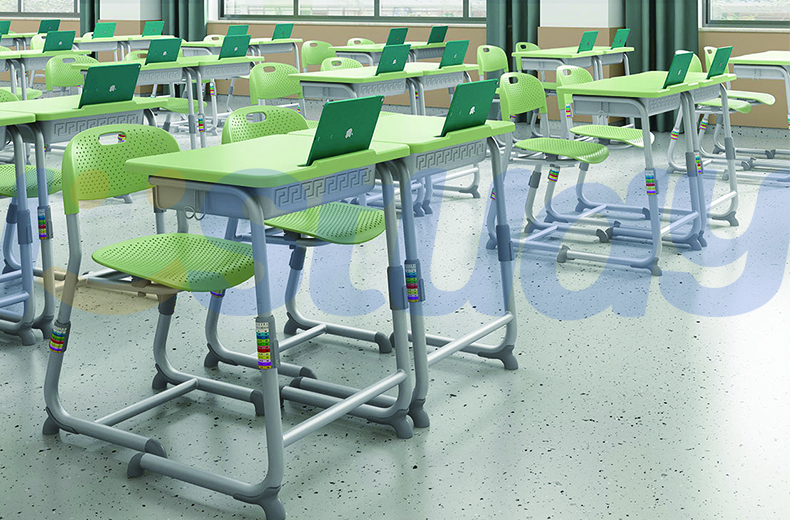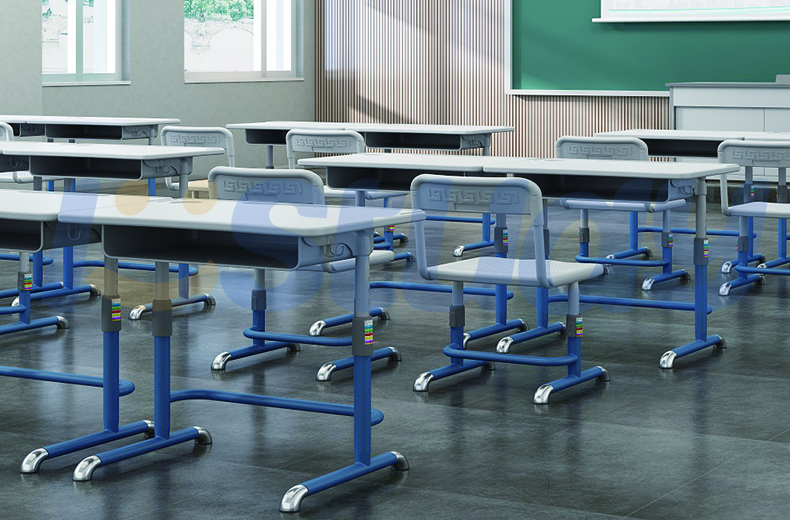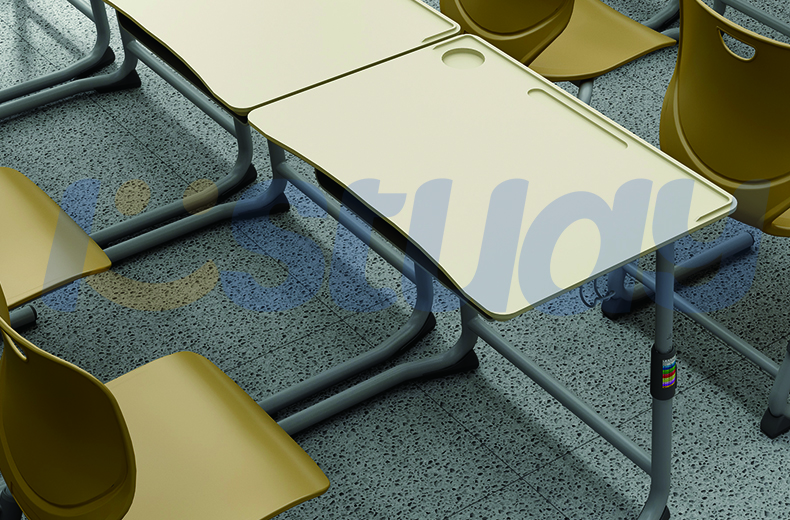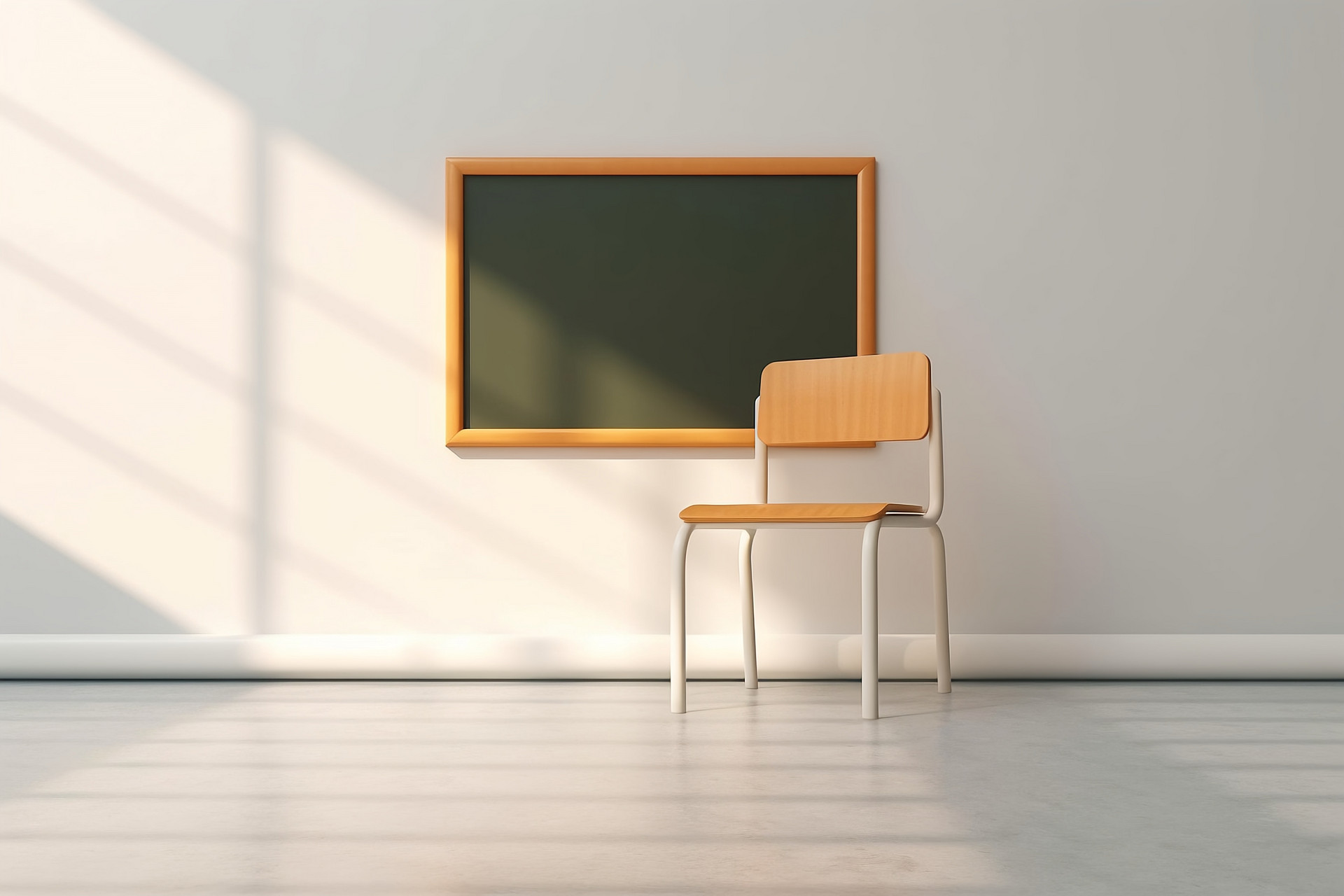Custom school furniture needs to meet the needs
School furniture serves as the foundation of educational environments, influencing student engagement, comfort, and learning outcomes. With the diverse needs of students and educators in mind, the question arises: Does school furniture support the demand for customization? Let's delve into this topic to understand the extent to which customization is embraced in school furniture design.
1. Tailored Solutions: Schools vary widely in their educational approaches, classroom sizes, and student demographics. Customization allows for the adaptation of furniture to fit specific learning environments, accommodate diverse teaching methodologies, and address unique spatial constraints.

2. Functionality and Ergonomics: Customized school furniture can be designed to prioritize functionality, ergonomics, and student comfort. Adjustable features, such as height, desk angle, or seating options, can cater to individual learning styles and physical needs, promoting better posture and concentration during classes.
3. Space Optimization: Schools often face challenges related to space utilization and classroom layout. Customized furniture solutions can maximize available space by offering modular designs, compact storage options, or furniture with multifunctional capabilities, allowing for flexible arrangements and efficient use of floor space.
4. Durability and Safety: Safety is paramount in educational settings, especially when it comes to furniture used by children and adolescents. Customized school furniture can be built with durable materials, rounded edges, and sturdy construction to withstand the rigors of daily use and minimize the risk of accidents or injuries.

5. Aesthetic Appeal and School Identity: Customized furniture can contribute to the aesthetic appeal of school environments while reflecting the institution's identity and values. Options for customization may include color choices, branding elements, or personalized designs that foster school pride and create a sense of belonging among students and staff.
6. Environmental Sustainability: With a growing focus on sustainability, customized school furniture can incorporate eco-friendly materials, recycled components, or energy-efficient production processes. Manufacturers can work closely with schools to implement environmentally responsible solutions that align with sustainability goals and promote environmental awareness among students.
7. Technology Integration: In the digital age, customized school furniture can support the integration of technology in the classroom. Built-in charging stations, cable management systems, or adjustable mounts for digital devices can facilitate interactive learning experiences and accommodate the use of educational technology tools.
8. Budget Considerations: While customization offers tailored solutions, it's essential to consider budget constraints. Schools can explore cost-effective customization options that balance quality, functionality, and affordability, ensuring that customized furniture initiatives align with financial sustainability goals.

In conclusion, customization in school furniture is not only supported but essential for creating engaging, functional, and student-centered learning environments. By embracing tailored solutions that address functionality, space optimization, durability, safety, aesthetic appeal, sustainability, technology integration, and budget considerations, schools can enhance the educational experience and foster student success.

